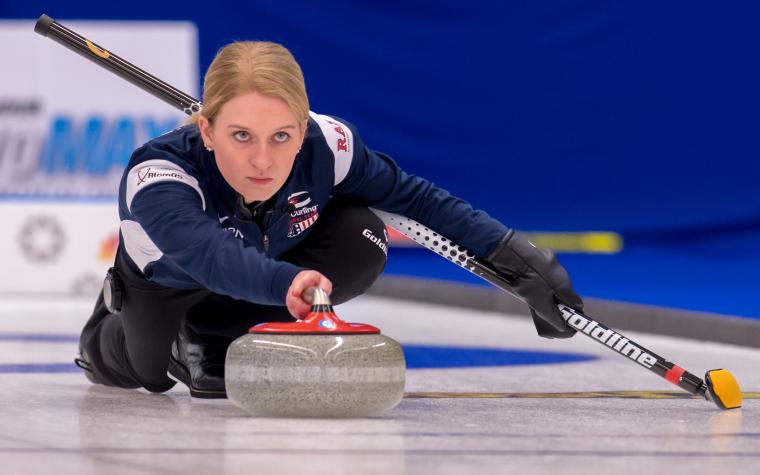
The United States Curling Association (USCA), doing business as USA Curling, is the National Governing Body for the Olympic sport of curling. The association is headquartered in Stevens Point, Wisconsin.
Sports Destination Management: The Olympics and the U.S. gold medal must have been a phenomenal boost to the sport of curling. Are you seeing an uptick in interest in hosting events?
Rick Patzke: Yes, certainly. We just had some visitors here from a sports commission in Wisconsin that wanted to stop by and talk about the new curling arena they’re building there.
SDM: Are there are curling events now than there were previously?
Patzke: Yes – the World Curling Federation has a new event starting in September, the Curling World Cup. It will be a series, with events in Suzhou, China; Omaha; Jonkoping, Sweden; and Beijing, China.
SDM: Omaha recently hosted a big curling event.
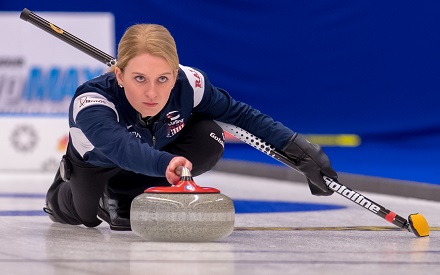
Patzke: Yes, the Olympic Trials. It was a great event and it raised awareness of the Olympics and of the sport itself.
SDM: What do you look for when you’re looking for a venue and an event host city?
Patzke: We need a world-class ice field of play. There’s a difference between a recreational facility that is set up for multiple use, like ice hockey and figure skating and curling leagues – and a venue you’re going to use for a national or international event. At the recreational level, it’ll take about 30 minutes to convert it over. If, for example, curling has a two-hour block of time reserved on multi-use ice, it’ll take about 30 minutes to scrape it and pebble it and mark it, and the people who do it work like a drill team. But the difference between recreational level curling and the sport at a higher level is like the difference between mini-golf and real golf. When we go to Omaha, for example, our ice crew will take all the time they can, but they need a minimum of four and a half days. They need that surface to be completely level – something that makes it different from a lot of other fields of play. That’s the scientific part of being on the ice crew – building it up so that there can be a championship level of play.
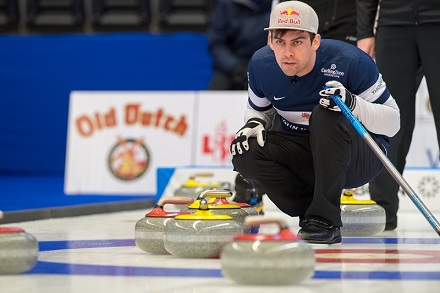
SDM: Do you look for a local curling community?
Patzke: We’ve really debunked the theory that we had to be in a curling-heavy place to have success. We’ve hosted our National Championships in Las Vegas last year and in Jacksonville, Florida, the year before that. We’ve also had events in Philadelphia – it’s not necessarily a curling center but people are rabid about sports there. We’ve seen that if we take the sport somewhere that it’s not already established, it had a better following. It also helps to seed interest. For example, we took our Olympic trials to Denver in 2009 and the following year, they built a new club that is almost ready to open year-round for play because it’s in such demand.
SDM: You talked about the growth in membership. Have the demographics changed?
Patzke: We’re working on a Nielsen study right now, but I can tell you that this used to be an old white male sport. From 2002 onward, it’s a younger trend. We even had a 14-year-old surfer from Califonrina who wanted to try it after seeing it in Salt Lake City. I think as a result of the coverage, the membership has really become a broader demographic and a better cross cut of what America is.
SDM: What is it that really pushed curling into the national spotlight?

Patzke: – It’s been growing ever since the 2002 Olympics, when NBC had 50 hours of coverage. It has expanded each year ever since. We used to have under 10,000 members and now we’re somewhere around 23,000. What used to be a northern cold weather sport, near Canada, it’s everywhere. The Olympics have been the springboard.
SDM: With destinations like Jacksonville and Las Vegas, it must be everywhere.
Patzke: it’s in – I think – 45 states – including, as a matter of fact, Hawai’i. We just opened registration for Curling with Aloha, which is a fundraising program for homeless families. It’s being held in conjunction with American Savings Bank, by the Hawai’i Curling Club, in a facility not far from Rainbow Stadium. We did a survey to see if there was interest and about 2,000 people responded. We’re marketing it as destination experience – you can go snorkeling, then come back and go curling.
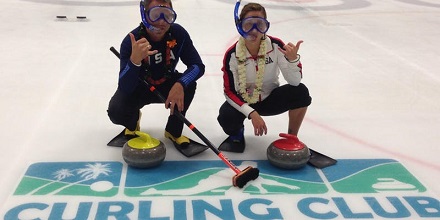
Patzke: No, it’s a multi-use venue, which is what a lot of people have.
SDM: How many curling venues are out there?
Patzke: There are about 185 member curling clubs and of those, maybe 100 have dedicated curling ice. The rest share space with other programs like hockey, but we’ve seen more of those clubs converting to dedicated curling ice. Multi-use ice is a good way to get a club started but it’s tough to grow if you have the midnight league slot.
SDM: Can curling venues be set up anywhere?
Patzke: Yes. We’ve partnered with a company in Germany that can help convert space to curling arenas. It’s about a $300,000 investment, which is better than $3 million for building a dedicated arena. I think as a result, curling is a sport that any place that has ice or wants portable ice can bring it into the area. This guy could put down ice on Wall Street if someone wanted it.
SDM: You talked about the growth in membership. Have the demographics changed?
Patzke: We’re working on a Nielsen study right now, but I can tell you that this used to be an old white male sport. From 2002 onward, it’s a younger trend. We even had a 14-year-old surfer from Califonrina who wanted to try it after seeing it in Salt Lake City. I think as a result of the coverage, the membership has really become a broader demographic and a better cross cut of what America is.

SDM: We talked about curling’s growth and the national coverage that made it grow. What do you think keeps it popular?
Patzke: It’s a quirky, relatable sport. The athletes are relatable too. Plus, we’re seeing the sport used as a team-building exercise. These corporate events will come into curling clubs and they’ll bring a big group of people and everyone can try the sport together. They all love it.

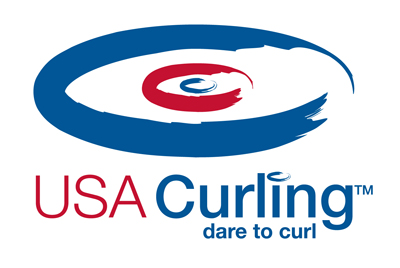 www.teamusa.org/usa-curling
www.teamusa.org/usa-curling